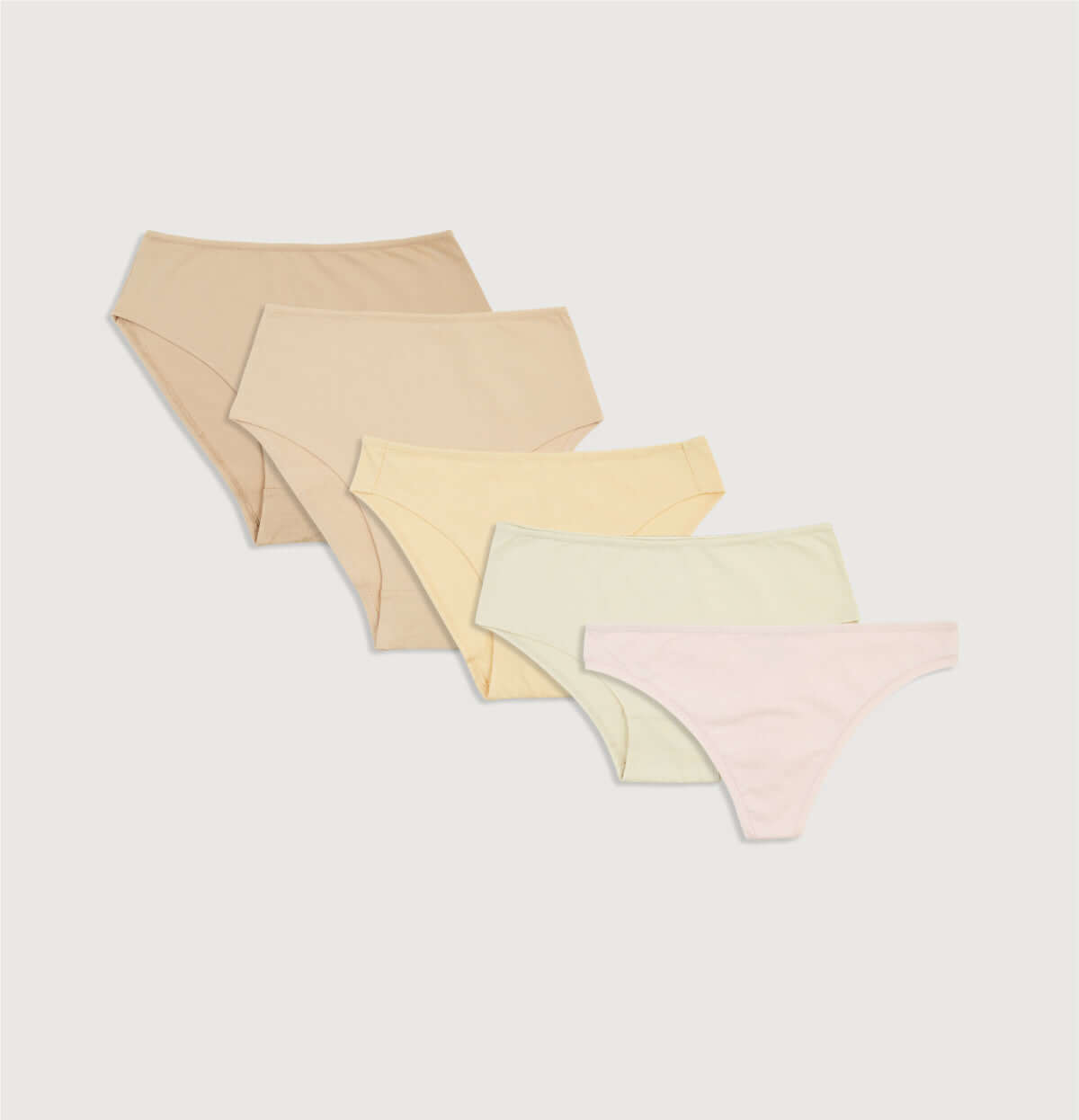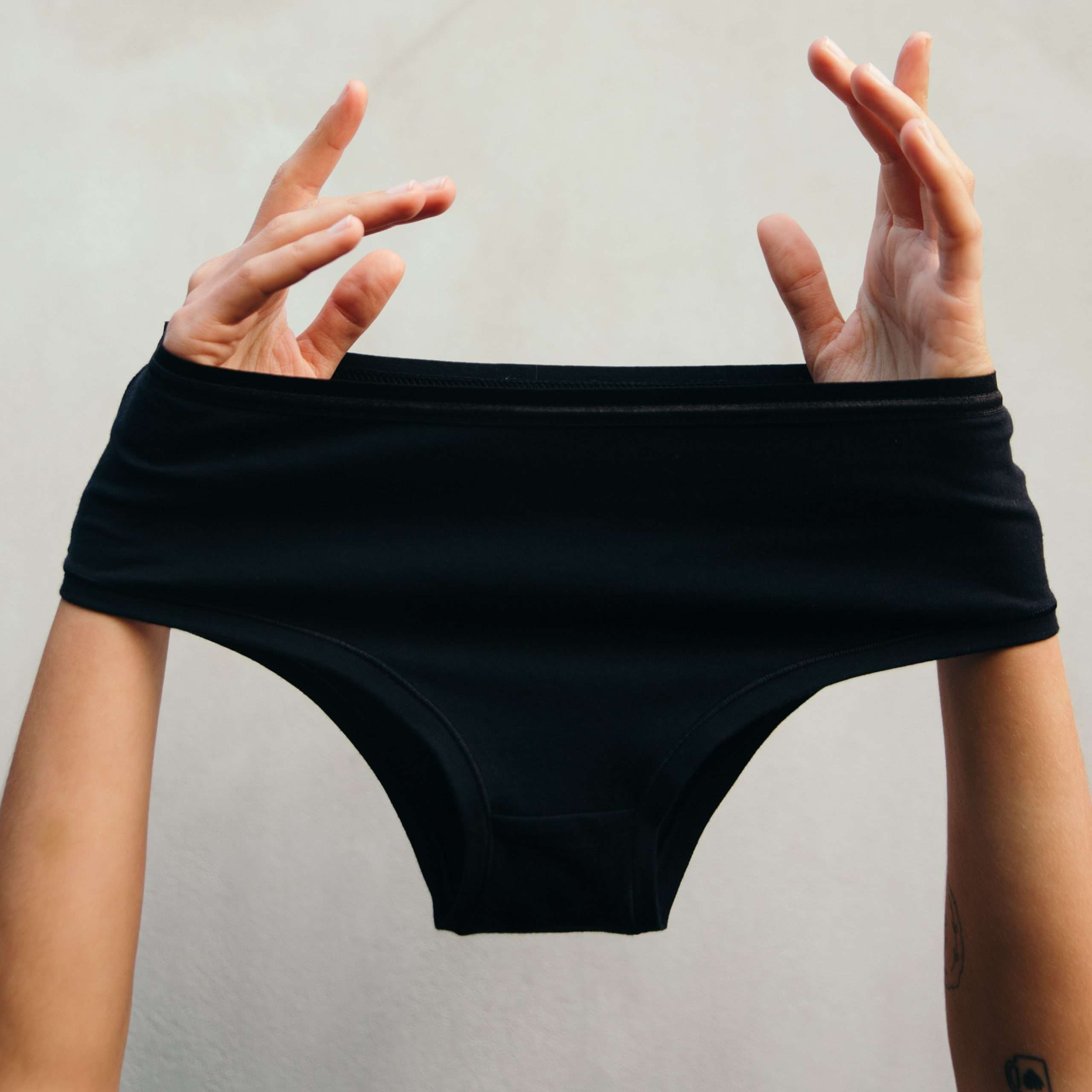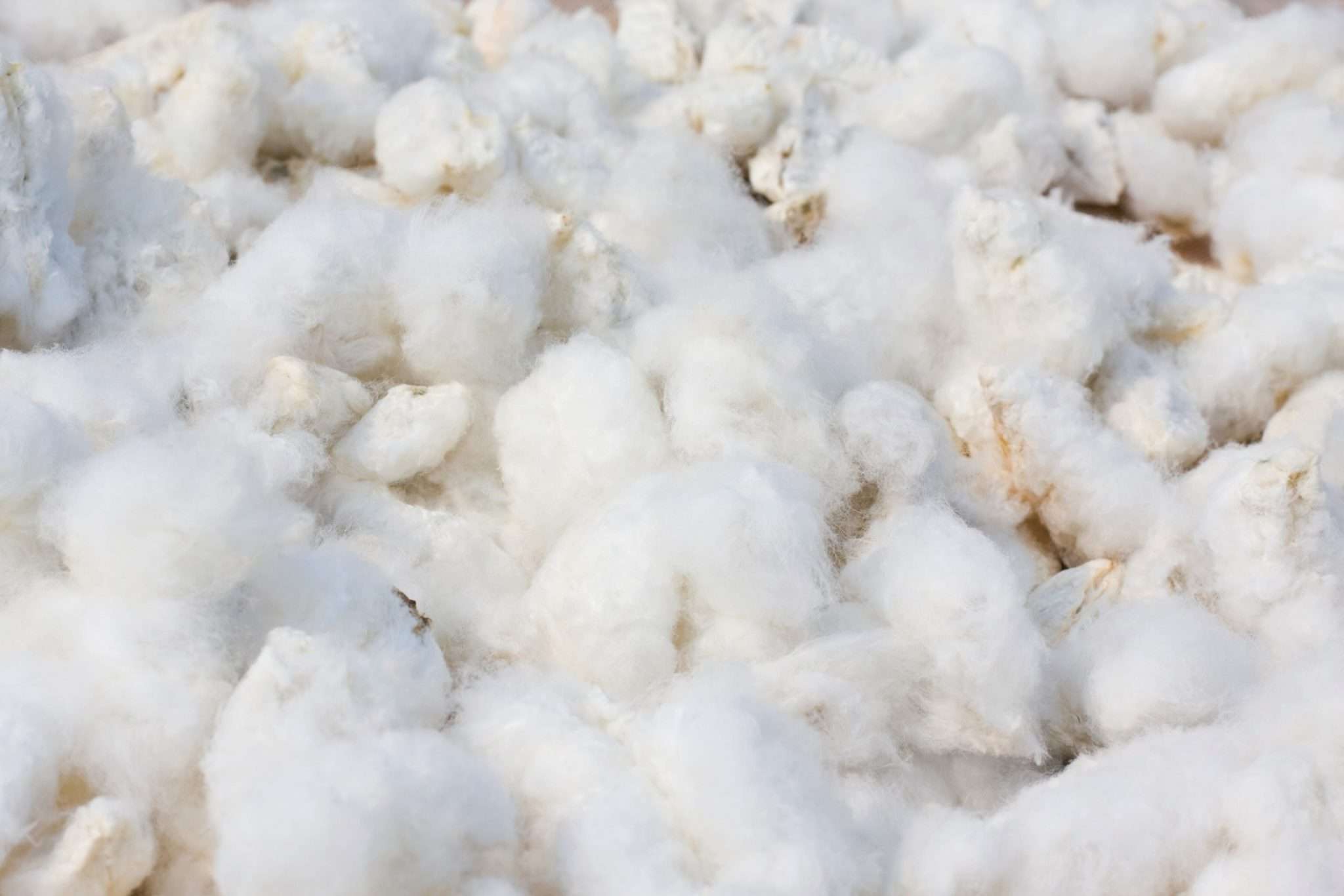It has long been no secret that the fashion industry is one of the most polluting and exploitative industries in the world , responsible for the use of a quarter of the world's toxic chemicals, 35 percent of the microplastics in the ocean, more carbon emissions than all flights and cars combined, a huge waste of natural resources, the landfilling and burning of billions of tons of clothing every year, and relying on cheap labor in third world countries who are employed for long hours, without basic safety conditions, and subject to physical and verbal abuse. This exploitative employment, as well as the widespread pollution, is made possible, among other things, by extremely long supply chains, which make it difficult for us, the consumers, to know who is behind our clothes and under what conditions they were produced, and the fast fashion business model that is based on the rapid change of trends and low-quality clothing.
In the face of all this, the trend of slow fashion is increasing . A trend that includes local design, eco-collections, repurposing, capsule wardrobes, second-hand and vintage clothing. But as tempting as it is to go on a shopping spree among the fabric and second-hand stores near a large house, it is important to remember that the most sustainable garment is the one already in our closet and the greenest action we can take is to learn to extend the life of the clothes in our closet .
So, how do you do this in practice?:
- Proper washing - Many of the clothes we buy in fast fashion are made from polyester with a variable composition, which is actually a petroleum distillate, just like plastic. When our washing machines heat the clothes during a high-temperature wash, the polyester from the clothes is released and turns into microplastics that reach the sea through the sewer. This is also why while vintage items that are thirty and forty years old look like they were sewn yesterday, new, poor-quality fast fashion items look completely different after a few washes. So what do you do, two things: first, try to buy clothes with as little polyester as possible and second, wash them properly. Except for extremely dirty laundry, there is no reason to wash clothes above 30 degrees and it is better to wash at a low rpm (revolutions per minute). Such gentle washing will keep our clothes and the sea clean and extend the life of the clothes.
- Proper storage – The way we store our clothes directly affects their lifespan. To ensure that our clothes continue to look good after several years of use, we should store them as spaced out as possible, avoid crowding, and adapt the storage style to the item : While a coat is a classic item to hang on a hanger, a sweater is often heavy and at the same time has a delicate fabric. Therefore, a sweater is an item that we want to store folded, thus avoiding damage from unruly hangers.
- Choosing the right clothes and underwear - It's true that the greenest clothes are the ones we already have in our closet, but in order for the clothes in our closet to last for a long time, we must choose them wisely from the start. The more we choose to fill our wardrobe with quality and precise items, the greater the chances that they will last for many years . This is an important tip in relation to our wardrobe in general and doubly important in relation to underwear. Underwear that doesn't fit well will ruin our appearance time and time again and cause us to buy unnecessary clothes, in pursuit of the one that does fit well on the body. More precise clothing choices guarantee us a smarter wardrobe, one that relies on personal style rather than trends, which will allow us to get the most out of each of our items, keep a smaller number of items, and store our clothes in a spacious and breathable way. So how do we choose the right one? The answer is according to the material. Organic clothing, made from high-quality materials, made without unnecessary use of chemicals, is clothing that is expected to last a long time . Another way to ensure the quality of the items is fair trade. While at a production rate of between 60 and 100 items per hour, the chances of loose seams and poor-quality finishes increase. Clothing created through fair trade processes is clothing that has been thoughtfully and time-consumingly produced, and is expected to look good even after dozens of washes.
Written by Meital Peleg-Mizrahi






